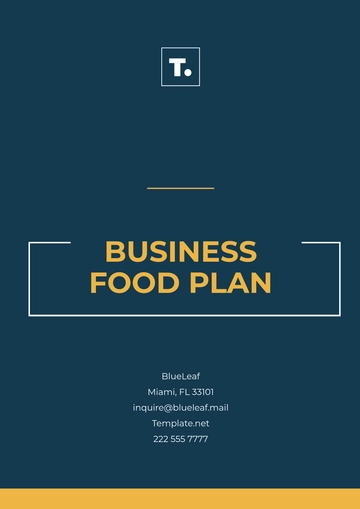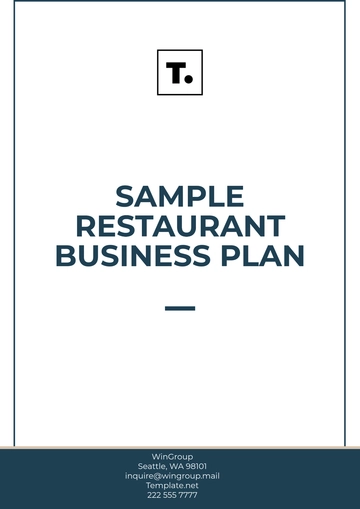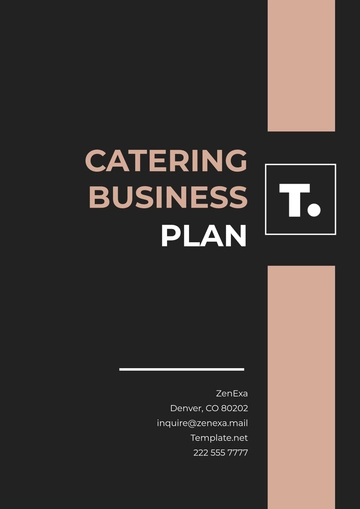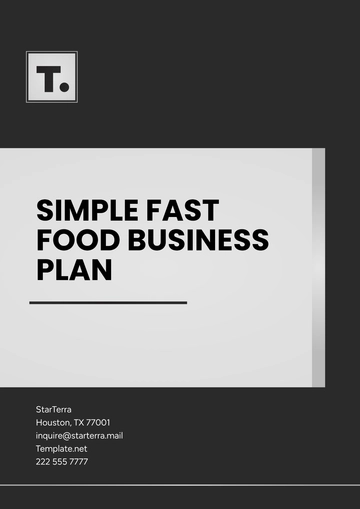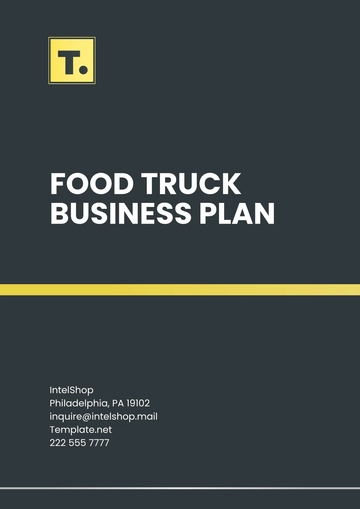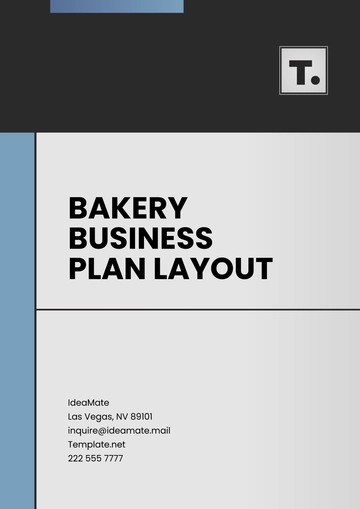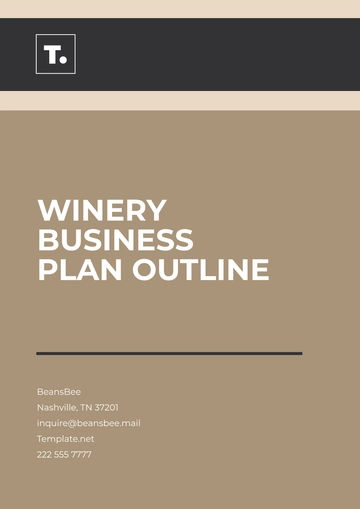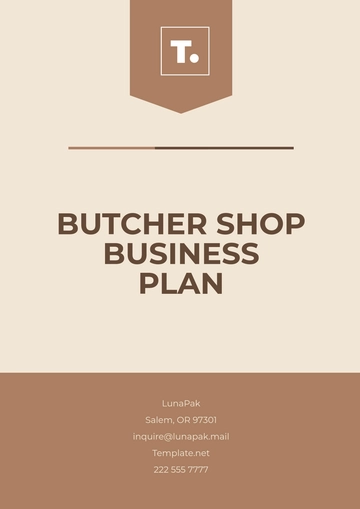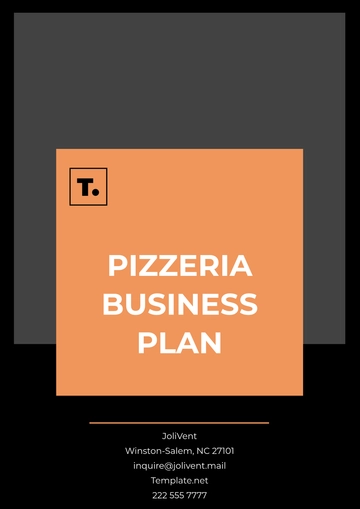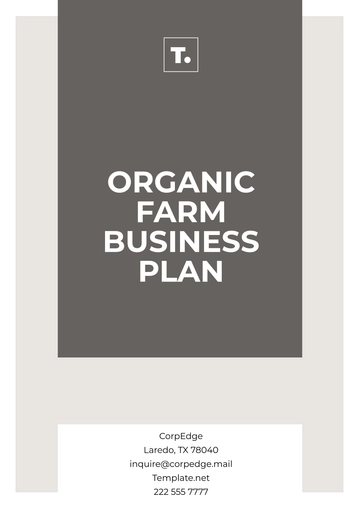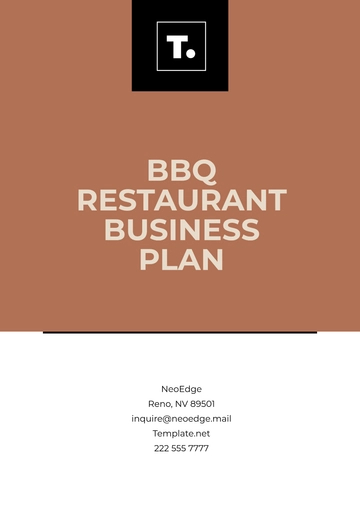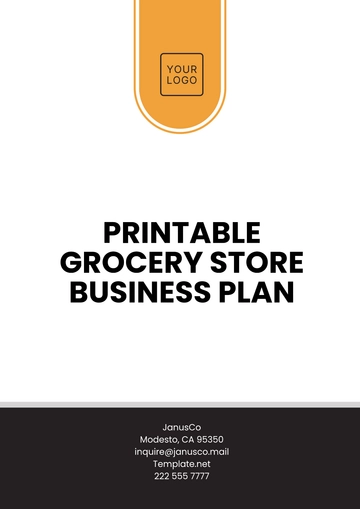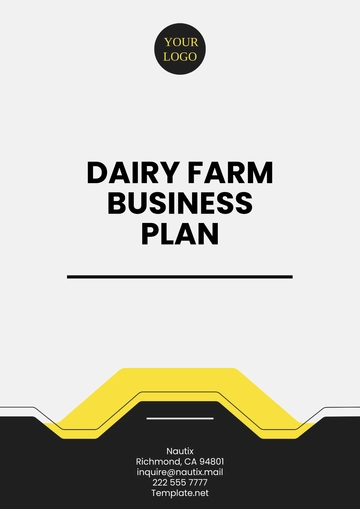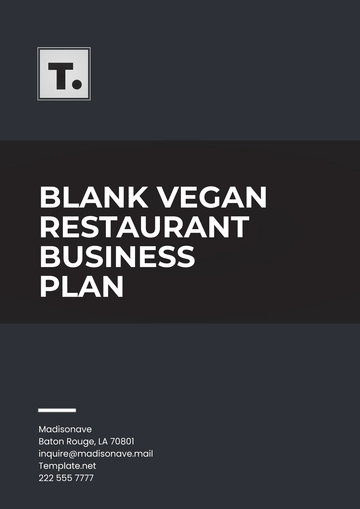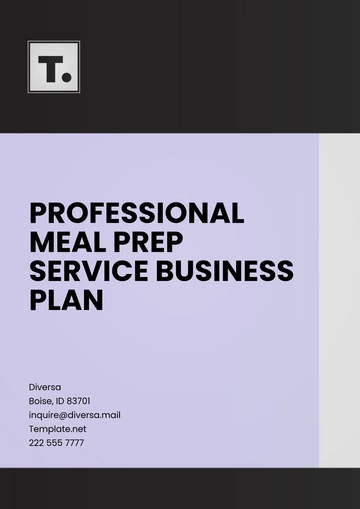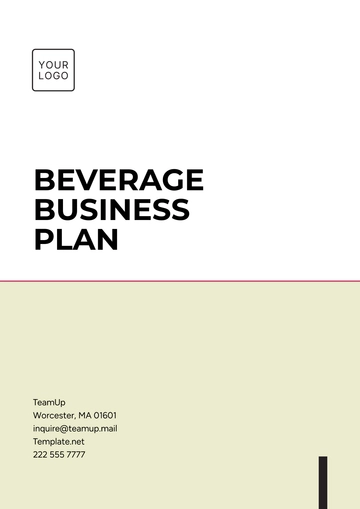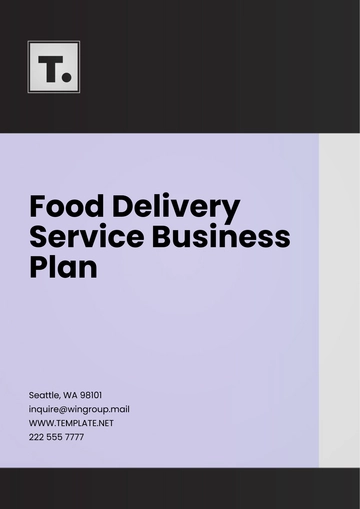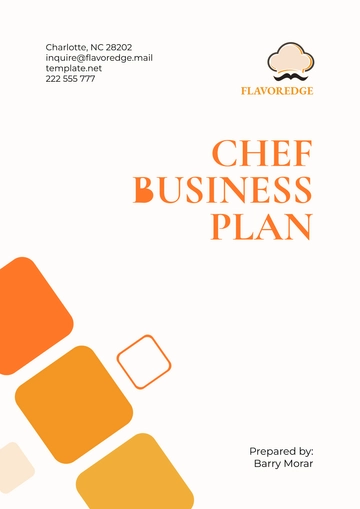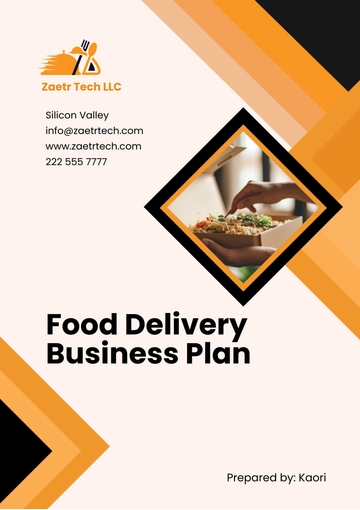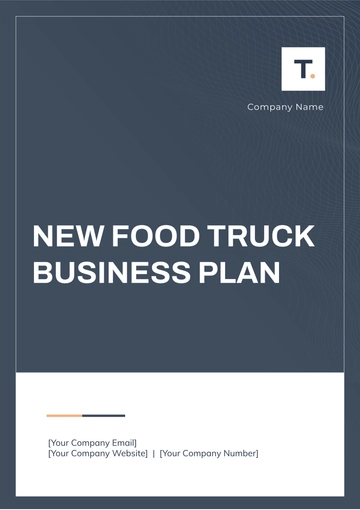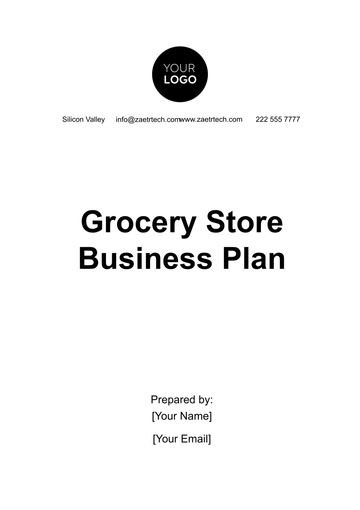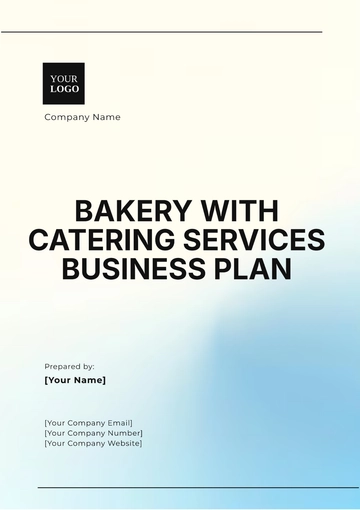Free Frozen Food Business Plan
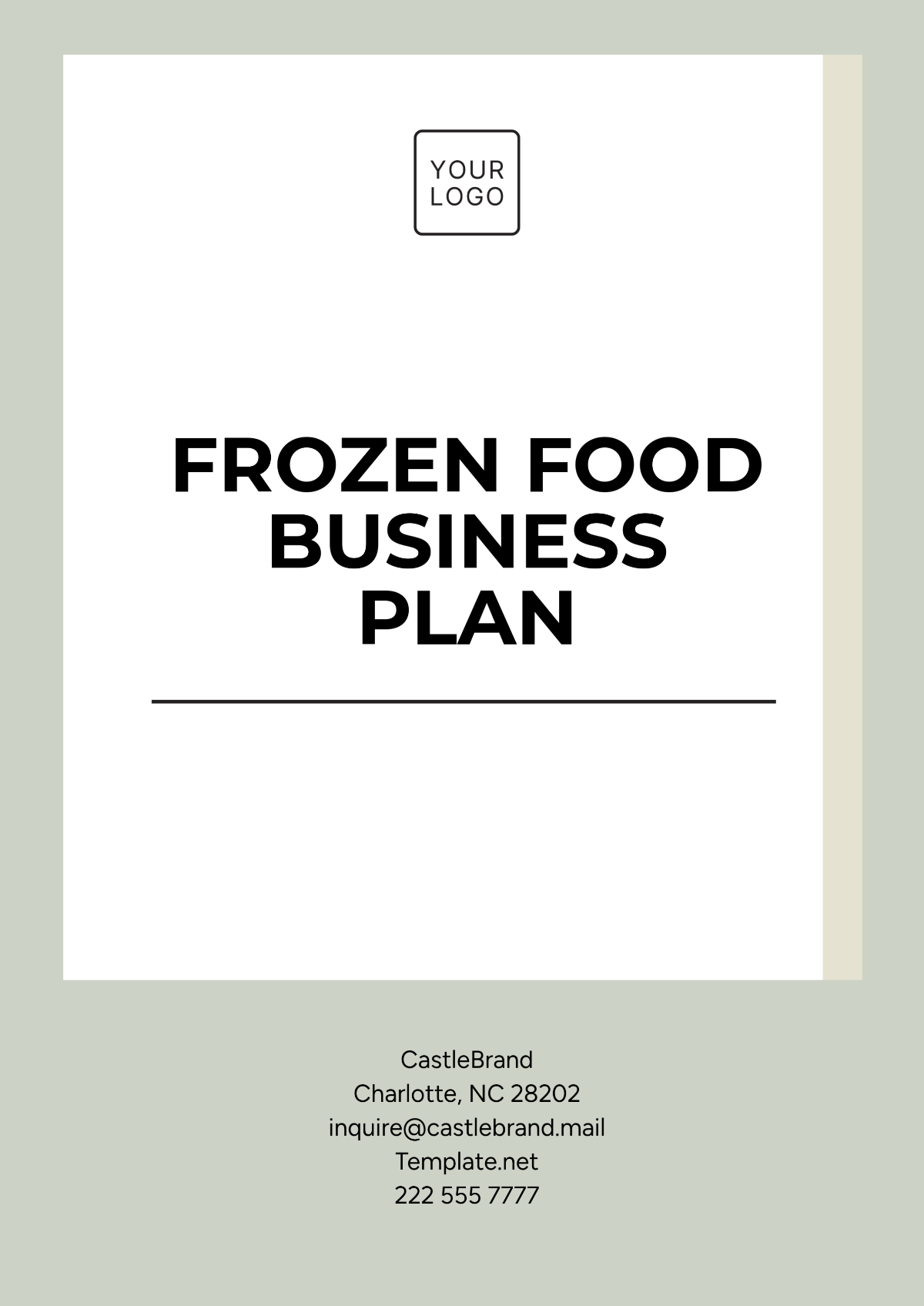
Prepared by: [Your Name]
Company: [Your Company Name]
Date: [Insert Date]
I. Executive Summary
Business Name: [Your Company Name]
Business Address: [Your Company Address]
Business Overview
[Your Company Name] is a frozen food company dedicated to providing high-quality, convenient, and healthy frozen meals to consumers. Our mission is to offer a wide range of frozen food options, including meals, snacks, and ingredients, focusing on quality, nutrition, and sustainability. We aim to meet the growing demand for ready-to-eat, frozen products that cater to diverse dietary preferences and lifestyles.
Key Objectives
Establish the brand as a leading provider of premium frozen food products within the first year.
Expand product lines to include organic, gluten-free, vegetarian, and international cuisines.
Achieve a 15% market share within the local region by year two.
Develop partnerships with grocery stores, online retailers, and food delivery services to maximize distribution.
II. Business Description
[Your Company Name] will offer a variety of frozen meals designed for convenience without compromising on taste or nutrition. Our offerings will include breakfast options, entrees, side dishes, desserts, and snack items, all made with carefully sourced, high-quality ingredients.
We will operate with a focus on eco-friendly packaging, sustainable sourcing, and promoting healthier food choices. Additionally, we plan to introduce subscription-based services for regular deliveries of frozen foods to customers' doors, offering convenience and variety.
III. Market Analysis
A. Industry Overview
The frozen food industry has been experiencing steady growth, driven by increasing demand for convenience, healthier options, and ready-to-eat meals. Consumers are increasingly seeking high-quality frozen meals that align with dietary needs like organic, vegan, low-calorie, and gluten-free options. The market is also seeing a rise in online food delivery services, offering expansion opportunities.
B. Target Market
Busy Professionals and Families: Looking for convenient, healthy meal options.
Health-Conscious Consumers: Interested in nutritious frozen meals such as low-calorie, organic, and gluten-free options.
Online Shoppers: Customers who prefer the convenience of having frozen meals delivered to their homes.
Health and Fitness Enthusiasts: Seeking protein-rich, low-fat, and nutrient-dense meals.
C. Market Trends
A rise in demand for healthier frozen meals with clean ingredients.
Increased popularity of e-commerce for food delivery.
Growth of plant-based and vegan frozen food options.
Consumers are becoming more environmentally conscious, seeking sustainable packaging solutions.
D. Competitive Analysis
[Your Company Name] will differentiate itself from competitors by focusing on the following:
High-quality, nutritious ingredients.
A diverse product line that caters to various dietary preferences (e.g., vegan, gluten-free, keto).
Sustainable and eco-friendly packaging.
A customer-first approach with a subscription model for home delivery.
IV. Products and Services
A. Product Line
Frozen Meals
Breakfast: Smoothie bowls, protein pancakes, egg and veggie scrambles.
Lunch and Dinner: Stir-fries, pasta dishes, rice bowls, and casseroles.
Snacks: Frozen fruit bars, healthy popsicles, veggie bites.
Desserts: Low-sugar cakes, fruit sorbets, and protein bars.
Specialty Products
Organic meals.
Gluten-free, dairy-free, and vegan options.
International cuisines like Mediterranean, Asian, and Mexican frozen dishes.
Subscription Services
Weekly or monthly delivery of curated frozen meals, customizable according to dietary preferences.
V. Marketing Strategy
A. Branding
[Your Company Name] will position itself as a premium, healthy, and eco-conscious frozen food brand. The brand message will focus on convenience, health, and sustainability.
B. Sales and Distribution Channels
Retail: Partner with local grocery stores and supermarkets for in-store sales.
E-commerce: Launch an online store for direct-to-consumer sales, offering home delivery.
Subscription Model: Provide an online subscription service for regular frozen food deliveries.
Food Service: Offer frozen meal solutions to restaurants, cafeterias, and corporate offices.
C. Promotional Strategies
Social media marketing (Instagram, Facebook, TikTok) to showcase product lines and recipes.
Influencer marketing, partnering with health-conscious influencers to promote the brand.
Email campaigns offering discounts and promotions for first-time buyers and subscription services.
Seasonal promotions and limited-edition meals to generate interest.
Sponsorship of local health and wellness events to increase brand visibility.
VI. Operations Plan
A. Production Process
Sourcing: Ingredients will be sourced from reputable local and global suppliers who provide fresh, organic, and non-GMO products.
Manufacturing: Meals will be prepared in a licensed commercial kitchen, following food safety regulations and strict quality control standards.
Packaging: Frozen products will be packaged using eco-friendly materials, ensuring preservation while minimizing environmental impact.
B. Location and Facilities
The production facility will be located in a food-safe industrial zone, with easy access to suppliers and distribution channels.
A warehouse will be set up for storing frozen products and fulfilling online orders.
C. Staffing Requirements
Management: CEO and Operations Manager.
Production: Cooks, food handlers, and packaging staff.
Marketing: Social media managers, content creators, and customer service representatives.
Distribution: Delivery drivers and warehouse staff.
VII. Financial Plan
A. Startup Costs
Production Equipment: $50,000
Initial Inventory: $30,000
Facility Setup: $70,000
Marketing and Branding: $20,000
Legal and Licenses: $10,000
Miscellaneous: $5,000
Total Startup Costs: $185,000
B. Revenue Projections
Year 1: $500,000
Year 2: $1,000,000
Year 3: $2,000,000
C. Expenses
Cost of Goods Sold (COGS): 35% of revenue
Marketing: 10% of revenue
Salaries: 20% of revenue
Rent and Utilities: 5% of revenue
Miscellaneous Operational Expenses: 5% of revenue
Profit Margin: 15% by Year 3
D. Funding Requirements
[Your Company Name] seeks an investment of $200,000 to cover startup costs and initial operating expenses. In return, the investor will receive equity in the company and a percentage of profits.
VIII. Conclusion
[Your Company Name] is poised to capitalize on the growing demand for high-quality, healthy frozen food options. With a clear focus on quality ingredients, sustainability, and customer convenience, we are confident that we will meet the needs of our target market and build a strong brand presence in the frozen food industry.
- 100% Customizable, free editor
- Access 1 Million+ Templates, photo’s & graphics
- Download or share as a template
- Click and replace photos, graphics, text, backgrounds
- Resize, crop, AI write & more
- Access advanced editor
You may also like
- One Page Business Plan
- Coffee Shop Business Plan
- Restaurant Business Plan
- Food Business Plan
- Real Estate Business Plan
- Executive Summary Business Plan
- Cover Page Business Plan
- Nonprofit Business Plan
- Daycare Business Plan
- Construction Business Plan
- Startup Business Plan
- Medical Business Plan
- Bakery Business Plan
- Service Plan
- Hotel Business Plan
- Catering Business Plan
- School Business Plan
- Healthcare Business Plan
- Transportation Plan
- Sports Plan
- Car Wash Business Plan
- Salon Business Plan
- Clothing Business Plan
- Farming Business Plan
- Boutique Plan
